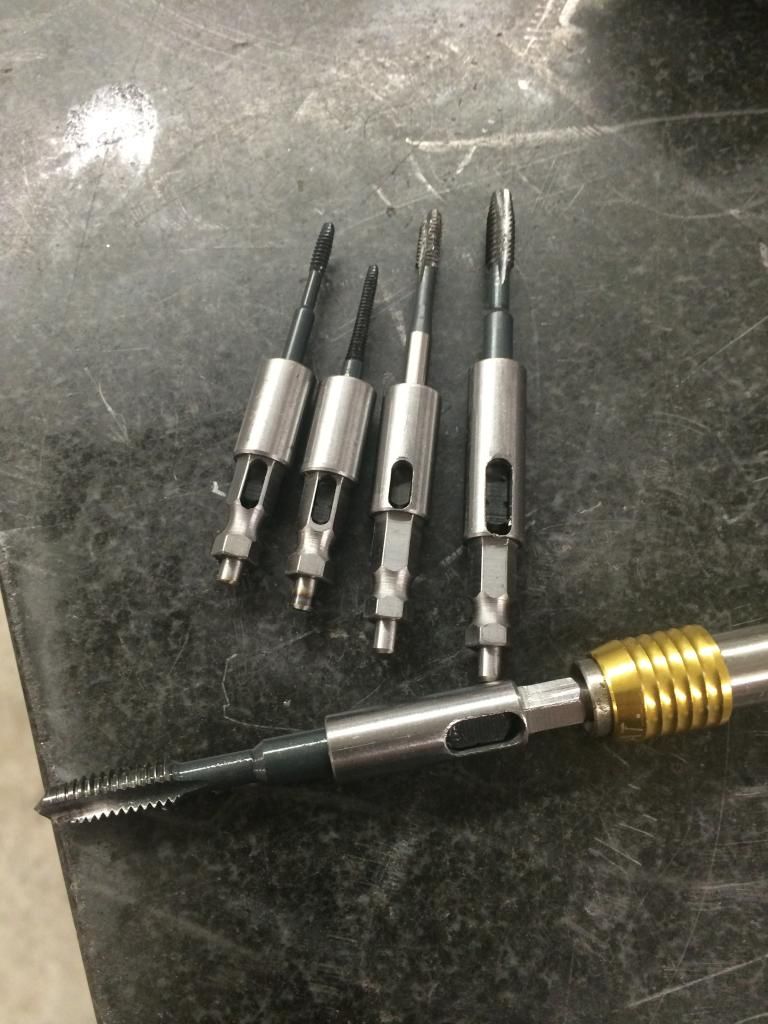dbooksta
Plastic
- Joined
- Sep 28, 2016
- Location
- Philly suburbs
Even when I had a shop with Starrett tap wrenches I didn't understand: Why don't we have something like a socket wrench, where each socket is sized to a standard tap shank, and has a 1/2" square wrench hole that can accept wrench handles of arbitrary lengths, with optional ratcheting features, etc.?
Now that I'm using cheaper wrenches it's weirder: They have two opposing sliding bits, one of which is left-hand threaded and held by the handle. I can't imagine why this would ever be useful, except maybe to replace the bit. But I'd sooner throw the whole thing away, and that extra bit and threaded handle just increases slop. Am I not using these correctly?
Now that I'm using cheaper wrenches it's weirder: They have two opposing sliding bits, one of which is left-hand threaded and held by the handle. I can't imagine why this would ever be useful, except maybe to replace the bit. But I'd sooner throw the whole thing away, and that extra bit and threaded handle just increases slop. Am I not using these correctly?






